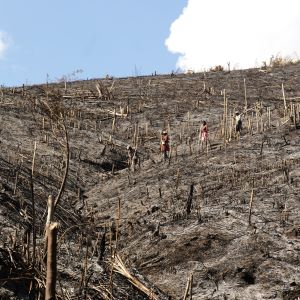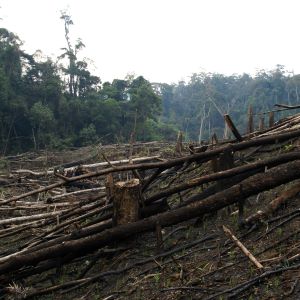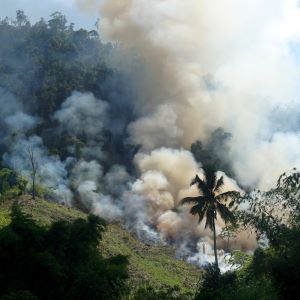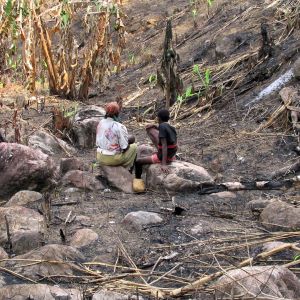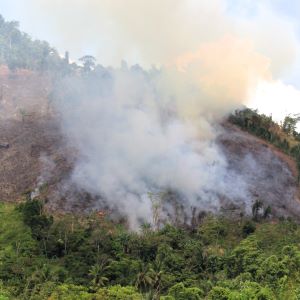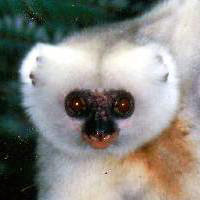Threats to the Park
National parks and other protected areas around the world have always faced threats and other challenges from outside interests, and Marojejy is no exception. In Marojejy, bushmeat hunting has occurred to a greater or lesser extent over the decades, as has the small-scale collection of forest products such as firewood and building materials. For a time during the 1970s, people moved deep into the park and burned off significant tracts of forest to grow crops. In fact, some areas along the tourist trail up to and around Camp Mantella still bear signs of these incursions, although the forest there, ever resilient, is now slowly recovering.
The situation in Marojejy today, however, is more tenuous than ever before. Nearly all the surrounding area has been deforested, leaving Marojejy as a last refuge for many species of plants and animals that once thrived throughout northeastern Madagascar. Some of these species, including the Silky Sifaka, are on the brink of extinction.
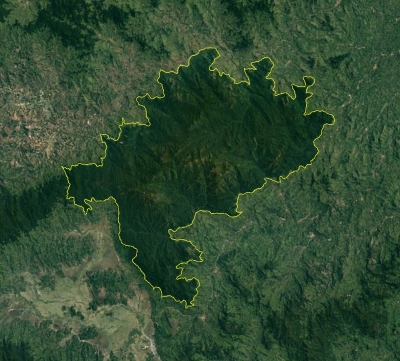
One look at a satellite view of northeastern Madagascar shows Marojejy standing out as an island of deep green rainforest surrounded by vast expanses of land cleared for agriculture. The area around Marojejy is one of the most densely populated in Madagascar; population growth rates are high, and human pressures on the park are rising. Additional land for cultivating crops is becoming increasingly scarce, and firewood is increasingly difficult to obtain. Swidden agriculture, where the forest is cut and then burned, is commonly practiced right up to the park boundaries and results not only in fragmentation and loss of wildlife habitat, but also in severe erosion and the siltation of rivers and rice fields in valley bottoms.
One of Marojejy’s most sought-after commodities is rosewood, an extraordinarily beautiful hardwood that is highly prized in China and the western world, and which fetches extremely high prices. Over the years, rosewood has been harvested illegally from within Marojejy’s boundaries by a well-organized mafia, with devastating and far-reaching consequences. Local villagers are intimidated and exploited for cheap and dangerous labor, lemurs are hunted to feed the loggers, and much collateral damage is done to the forest as the rosewood logs are dragged heavily out.
To protect Marojejy’s remarkable resources, it is not enough to simply draw lines on a map and call it a park. Lasting protection will only be effective with solid community support, when residents of the local communities are directly involved in the work to preserve this exceptional area for their children and grandchildren. Toward this end, several non-profit organizations, including Duke Lemur Center SAVA Conservation and the Lemur Conservation Foundation, have established community-based conservation programs in the Marojejy area. Some of their current projects include establishing environmental clubs for children, building tree nurseries, and creating locally owned and operated tourist infrastructure.
While Marojejy still looks alarmingly isolated and fragile in the view from Space, we see encouraging signs that Marojejy can indeed beat the myriad threats it currently faces, just as it has in the past. More and more, we are seeing that Marojejy is truly a place worth saving for all time.

